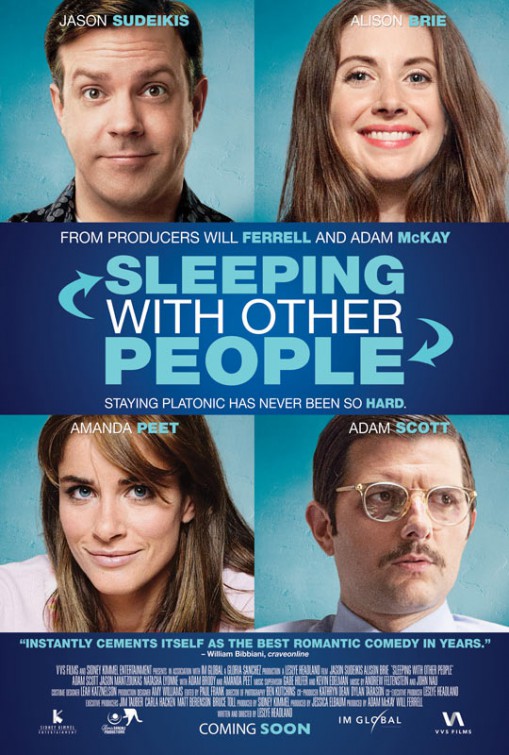-
‘THE SEVEN YEAR ITCH’ (1955): A FILM BY BILLY WILDER
November 15, 2012
 Film Reviews
Film Reviews -

There comes a time in relationships, where couples momentarily part company and seek solitude for rest, rejuvenation and recreation. And it is what transpires during this hiatus that tests the resilience of their union and makes for the most interesting and dramatic viewing.
In The Seven Year Itch (1955), co-writer/director Billy Wilder immerses us in the world of Richard Sherman (Tom Ewell), a native of Manhattan who, like many other husbands of his Manhattan milieu, sends his wife and child away for the summer. Temporarily severed from the constraints of marital life – the incessant nagging, questioning and lecturing of his assertive but doting wife – Sherman initially refuses but soon acquiesces to the temptations of his newfound solitude: smoking, drinking and extra-marital attraction.
His susceptibility towards the latter is further exacerbated by his profession. As a senior employee of publishing firm Brady and Company, Sherman’s situation is uncannily echoed in the latest tome that falls into his hands: a psychoanalytical treatise exploring the infidelity urge in middle-aged males, particularly those who have been married for seven years – a tendency colloquially known as The Seven Year Itch.
When Sherman crosses paths with a newly arrived female neighbour – known only as The Girl (and played to ditsy perfection by Marilyn Monroe), his libidinal itch becomes increasingly irresistible to scratch. Many films tackle the temptations of infidelity, but few do so by balancing slapstick humour, wry social commentary and sharp, intelligent wit. The Seven Year Itch has etched itself in film history for its iconic dress-raising scene where Marilyn Monroe’s white William Travilla number is sent billowing above her waist by a breeze gushing through a subway grate. But the film also lingers in the memory for its hilarious and pioneering portrayal of post-war male anxieties.
Sherman’s jittery, narcissistic and nervous soliloquies betray the fragility of masculinity – particularly obsessions about ageing, body image, sexual attraction and paranoid projections (concerning the repercussions of cheating and, conversely, the fear of being cheated on). Perhaps the film’s most salient and under-rated contribution to cinema is its quirky articulation of psychoanalytic concepts, including the unconscious origins of perception, behaviour and action.
– Dr. Varga Hosseini




